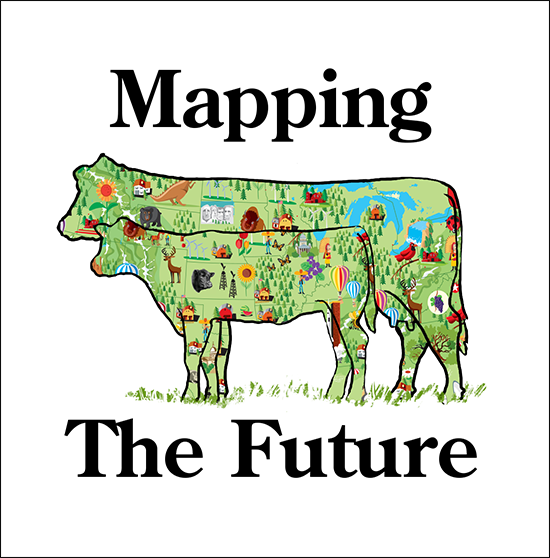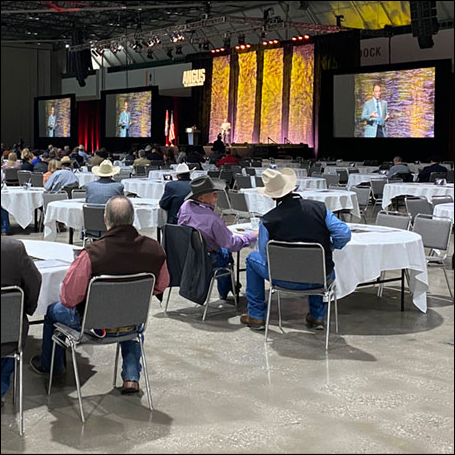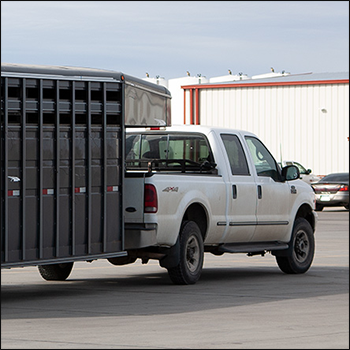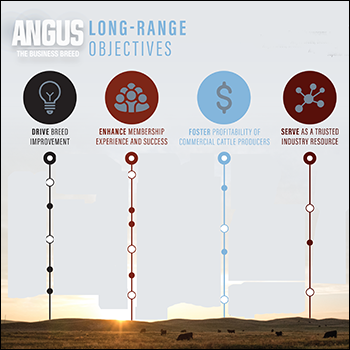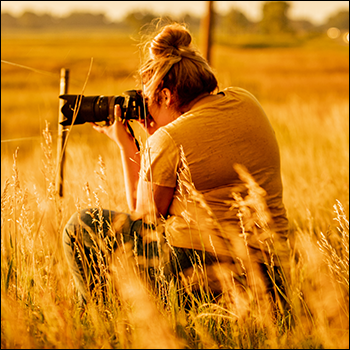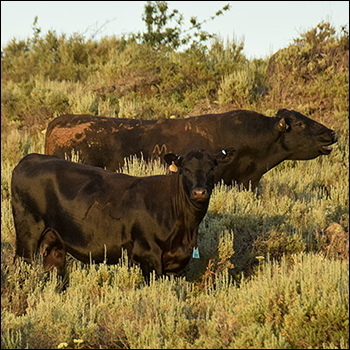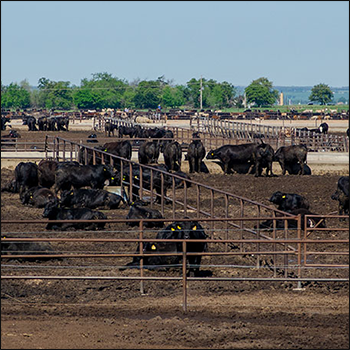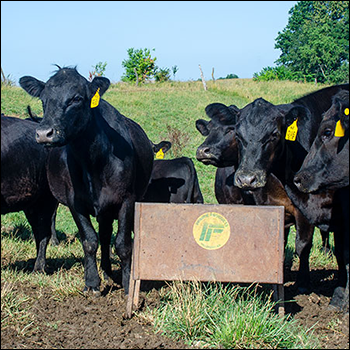Grown Slow to Last
Winter forage-based nutrition program develops bulls at slower pace to add longevity.
Bulls are often confined during winter and fed grain as well as hay, but some producers winter their bulls in bigger pastures under more natural conditions. This is usually better for health, fertility and longevity.
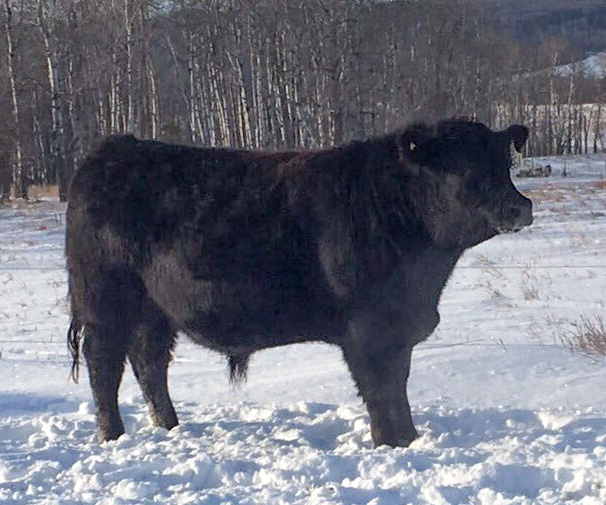 |
The bulls are developed slowly, Aaron Nerbas explains. “We calve in May and wean in December. The calves are only 6 to 7 months old, but we wean at that time so the cows can go out to bale-graze for several months, starting mid-December until mid-April.” [Photo by Aaron Nerbas] |
Nerbas Bros. Angus in western Manitoba, Canada, emphasizes forage-based genetics, focusing primarily on maternal traits in their breeding program, says Aaron Nerbas. “We sell bulls, but are primarily trying to make better cows on our own operation.”
The bulls are developed slowly, he explains. “We calve in May and wean in December. The calves are only 6 to 7 months old, but we wean at that time so the cows can go out to bale-graze for several months, starting mid-December until mid-April.”
When the bull calves are weaned, they go to their own big pasture and are fed good-quality hay, but no grain.
“We roll out hay for them, usually a few days’ feed at a time, and provide straw for bedding to protect them from the elements and prevent scrotal frostbite,” says Nerbas. The young bulls gain 1-1.5 pounds (lb.) per day through their first winter.
“Some people would say this slow rate of growth is detrimental to their long-term development, but we feel the opposite is true,” he says. “As long as you are not in a hurry to use that bull for breeding — waiting until he’s a 2-year-old rather than a yearling — this works well.”
The 2-year-old, he explains, has had time to mature.
“Some Angus breeders have yearling bulls that weigh 1,400 pounds. Our bulls are nowhere near that size, but we’re focusing on how long our bulls will last in the breeding herd,” says Nerbas. “When our young bulls come off their wintering site, they stay in their group and go to pasture. We keep them together the whole time they are growing up and don’t introduce new animals. This helps reduce fighting. We want them eating grass and growing, not fighting.”
Nerbas says each group is placed in its own grass pasture for the summer. Using the highest-quality pastures for young bulls allows them to grow well. The bulls are brought home in the fall, usually in November, and placed on good-quality hay. The bulls are fed some whole oats, but never more than 1% of their body weight.
“At some point we may eliminate the oats, but it gives the young bulls a boost on nutrition as they go through that second winter — for a little more weight gain and condition, while not being detrimental to their development,” Nerbas says. “We sell them in February through April, when they are just under 2 years of age.”
By that time they are ready to go to work. They can breed more cows and last a lot longer than bulls that were pushed to get to “sale weight” as yearlings.
“The downside is that our bulls last too long! Our customers don’t have to come back very soon, but this is better for our customers,” says Nerbas.
“With our own bulls, after 2 years of age, they winter as a group on range pastures and are fed good-quality hay and sometimes a little green feed or slough hay. They never look super good until the following spring when grass is green, but really bloom before the breeding season and are ready to go to work,” he says.
Editor’s note: Heather Smith Thomas is a freelance writer and cattlewoman from Salmon, Idaho.
